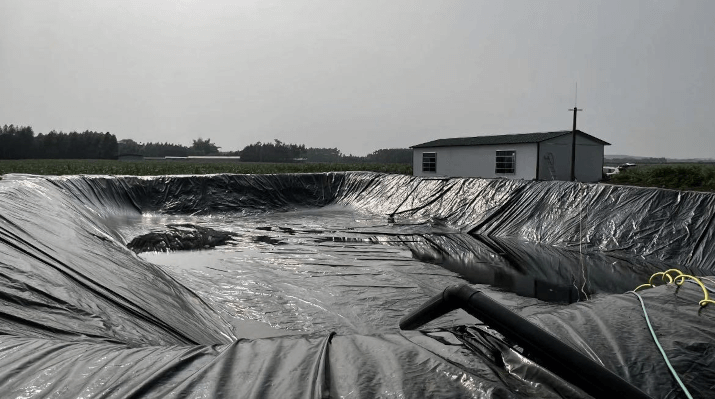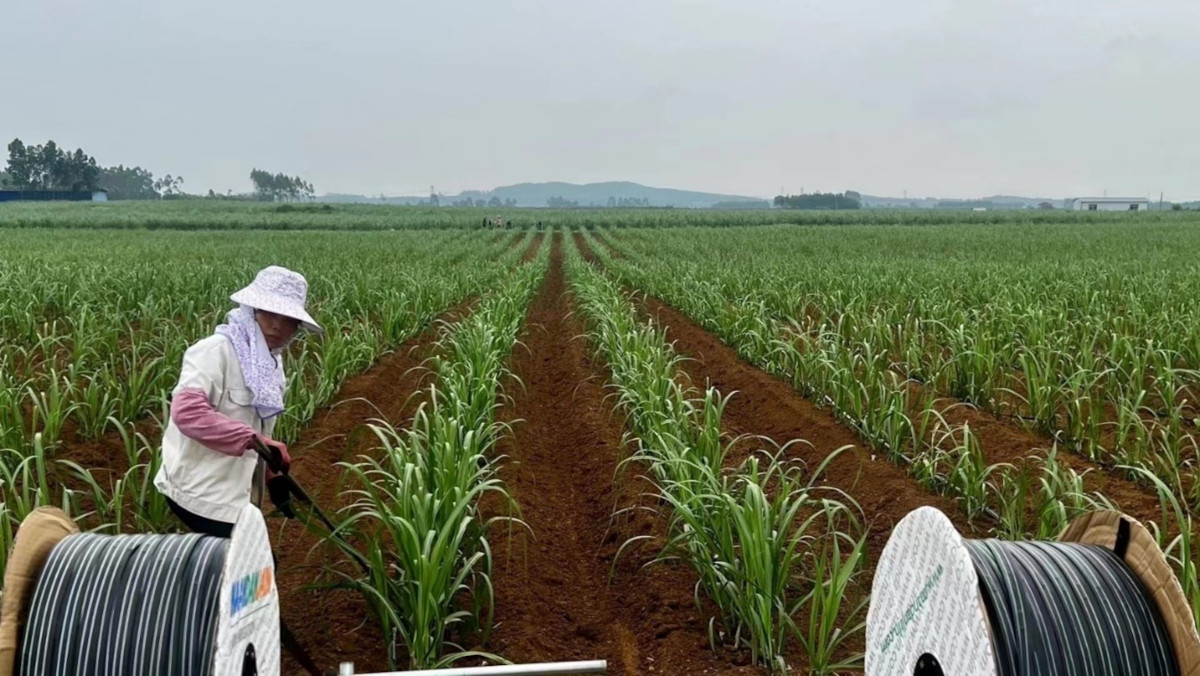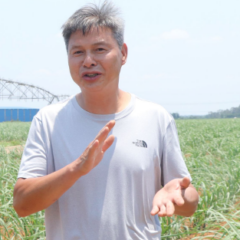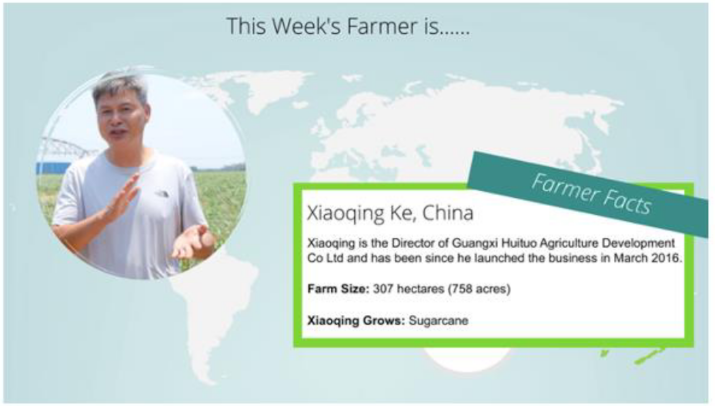
What have you been up to?
Hooray!
The rain is finally here! After a worrying first four months, rain finally came at the end of April, and another rain in the middle of this month. Abundant rain brings hope. The 100-mu (6.67ha) pond at the gate, which has been dry for nine months, should be full.
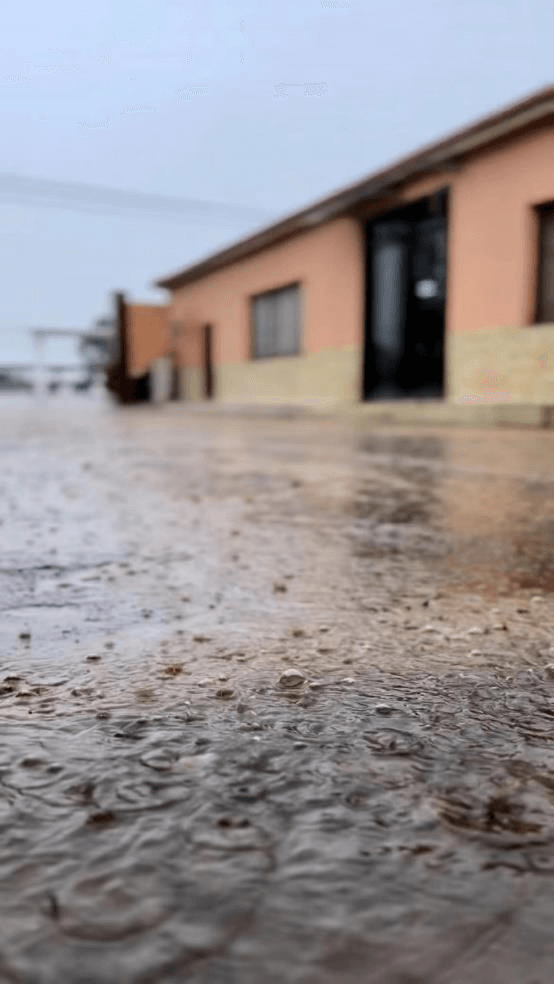
Although we cannot work in the fields on rainy days, it is also nice to sit down and play mahjong with a few friends.
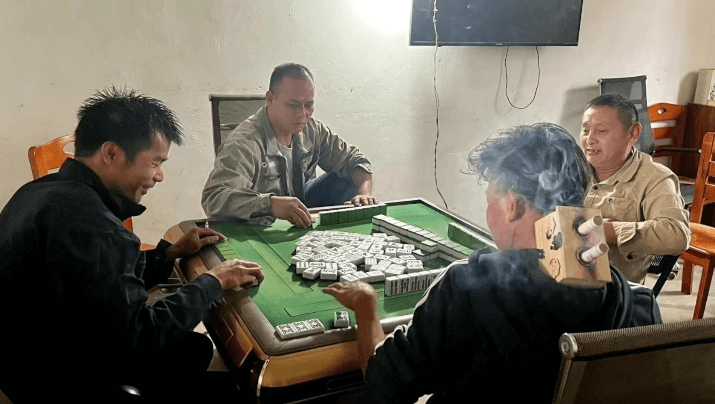
When the rain stops, we return to our usual routine for this time of year: field care.
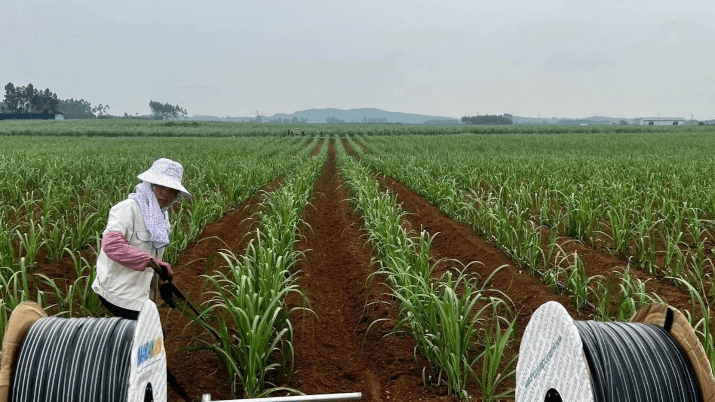
During this time, our work usually includes clearing rocks, applying fertilizer and pesticide, and pulling out weeds. As for fertilization, we use both water and fertilizer as a whole to irrigate, as well as artificial fertilizer supplement. But before that, pulling out the weeds is a key task, as they compete with the sugarcane plants for nutrients, and this year weeds are especially rampant!
We use a combination of chemical herbicides and manual weeding. Three agents of nitrazine, atrazine and trichloropyloxyacetic acid were used to kill grass. In addition, cane fields are weeded with selective herbicides, not all weeds can be killed, so some plots are weeded with artificial assistance.
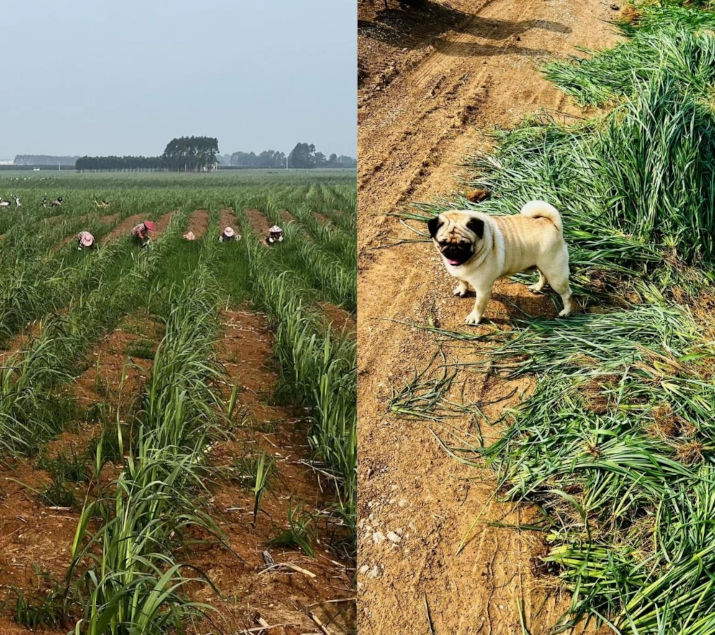
What stage is your crop at?
The sugar cane is growing well because of the recent abundant rains. Except for the sugar cane mentioned above, which is in the early stage of growth and needs to be cared for. There are also longer sugar cane, the overall growth is very good, gratifying.

The stems of sugar cane also grow thicker. Last year my worst performing cane fields were down 30 per cent. So far this year they seem to be back to normal.
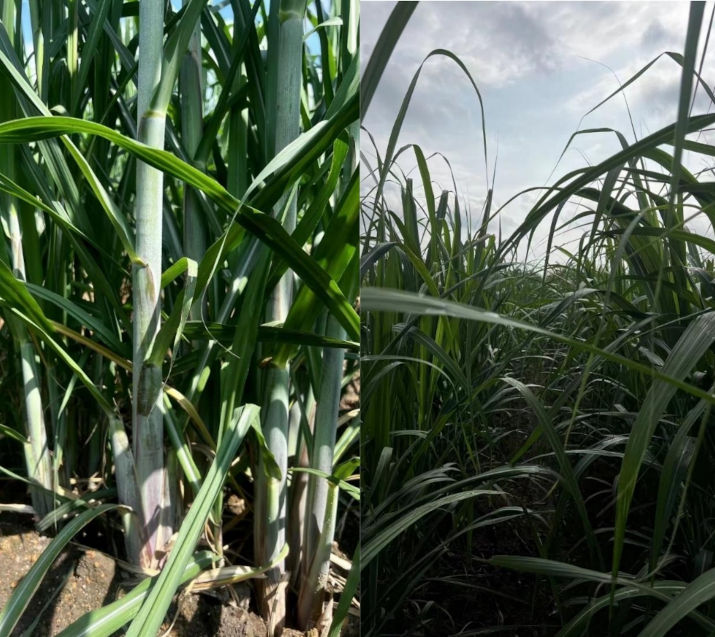
What’s your biggest concern?
However, sugarcane smut problem cannot be ignored! Like this sick cane, which has grown black whips, we must pick it up and burn it outside the cane field.
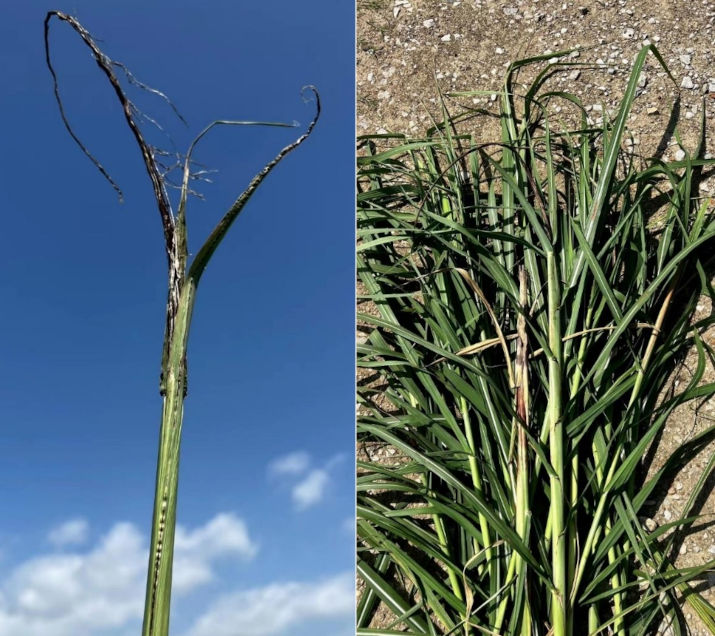
In addition, we are praying for normal rainfall in the coming months. The soil moisture retention capacity of our land is poor, and there will be signs of drought when the rain stops for three days, which is also the main reason for the low sugarcane yields.
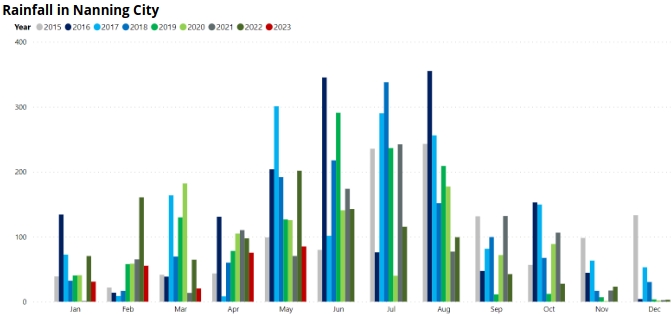
For example, in Zone B, we now have sugarcane seedlings, water and fertilizer, and time. It depends on the yield of sugarcane at the end of the year.
